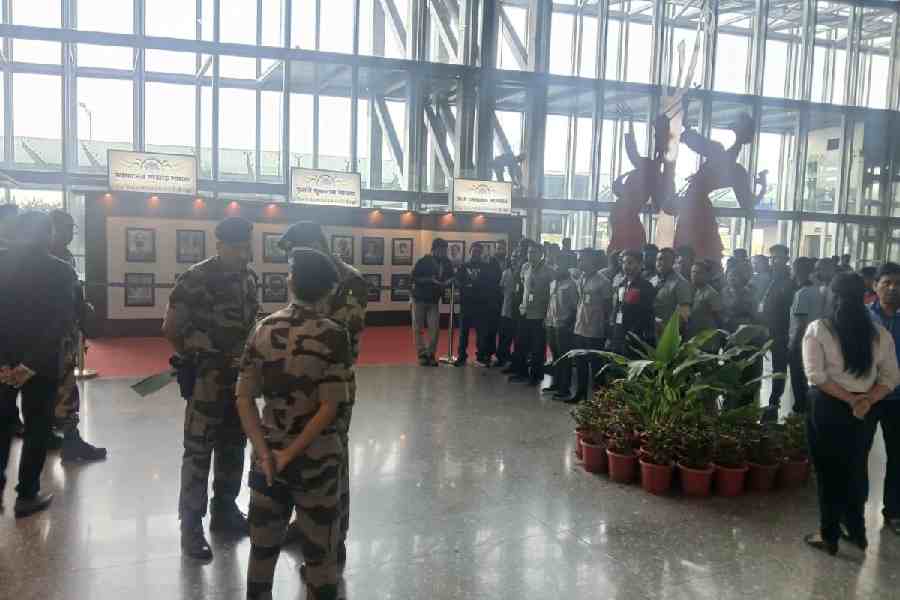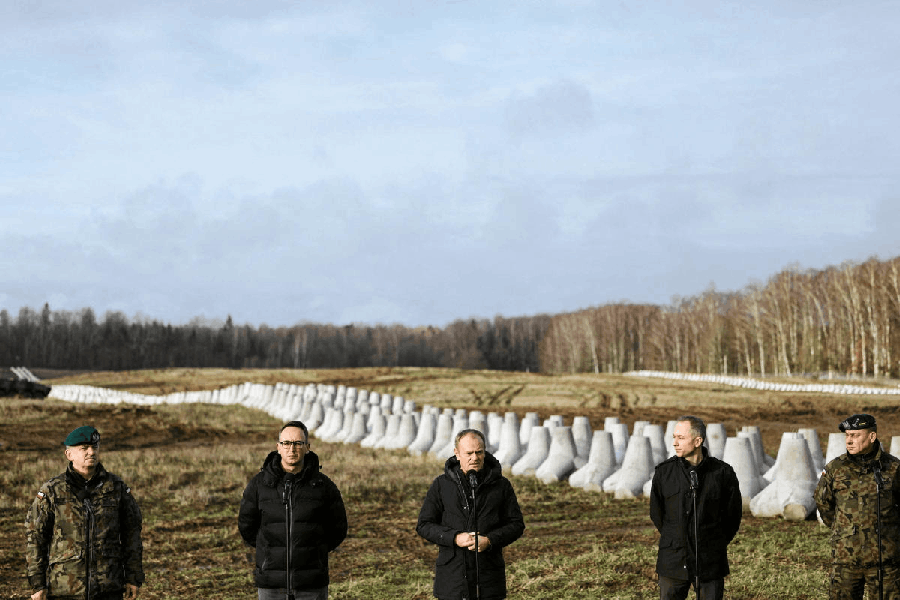
An attraction between opposites set against the rural background of Shaya, Bulbul Sharma’s Love and Learning Under the Magnolia is a social commentary of sorts. Excerpts from a conversation with the author...

This is evidently a romantic novel, but also a story about change within India and those who resist it. Why did you decide to combine the themes of romance with the rural-urban divide?
I did not start off with any romantic notions in my head when I began writing Love and Learning under the Magnolia. The idea to combine romance with the central story, which is about the changing pattern of life in a village, came much later when I began sketching out Rose. Then Sandy appeared and it became a match certainly not made in heaven.
The rural-urban divide in various forms has often featured in my work. In my last novel The Tailor of Giripul, I have explored this theme much more and set the village of Giripul right under a city dweller’s grand residence, making both sides look at each other with suspicion. This divide is so real in every part of our country and I am very concerned about the way it is growing and affecting all aspects of our lives. Young people from the villages and small towns feel that the city people treat them with contempt. On the other hand, the villagers look upon city people with amused bewilderment. They think we are like spoilt, unruly children.
In this book, I have explored the gender bias one sees in rural communities but I have also placed Rose in the same situation. Her late husband, Ranjit, wanted her to be just an ornamental wife. It is a novel about women as well as the men in their lives but I would not call the book a feminist novel at all.
Rose, the protagonist, experiences a journey of self-discovery throughout the text. What was your inspiration for the character?
Rose is based on several women I have met over the years. They live in the hills and hate anyone changing anything about their beloved surroundings. They will uproot cables or tear down any new construction near their house. They want everything to remain as it was during the British Raj. They are often accused of being unrealistic and not living in the real world, in today’s India. I know how they feel and it is very important to protect the hills but at the same time everyone has a right to enjoy the mountains, not just the elite.
Rose changes because eventually she begins to see that even if people don’t speak English with the right accent, they can still be intelligent, brave and goodhearted. The romantic situation is totally make-believe and I have never met anyone like Sandy Mehta. Maybe one day I will.
Why did you decide to break from conventions of the romantic genre and make Rose a 47-year-old widow, rather than a young woman?
I wanted to write about an older woman because there are so many books about young women now, not just in India but all over the world. Someone has to write about the older generation! I want to examine the lives of women, like me (though I am much older than Rose), who have grown up with the traditional values of their mothers and grandmothers but now have to understand the new world their daughters live in. We are poised in the middle — a unique position. We have to do quite a balancing act and I want to explore this changing pattern much more in my writing. The metamorphosis of Indian family life fascinates me.
The character of Ranjit is confusing. It appears that he is deeply unsuited for Rose and yet she continues to defend him. What was your inspiration for Ranjit?
Ranjit is a typical product of his wealthy, “princely” background, privileged, educated abroad, utterly charming and very self-centered. Rose was very young when she fell in love and married him. She remains loyal to him and cannot believe he has betrayed her even when Sandy tells her the truth.
What brought you back to Janak?
Janak was created in The Tailor of Giripul and I think he will continue to feature in the next two or three “Shaya” books I will write. Janak and I will grow old together. His character is based on several men who live in Shaya village. They are honest, brave, hardworking and totally henpecked by their wives.
How did you decide upon the title?
I thought of this title because I often sit and write or read or draw under an old Magnolia tree in my orchard in Shaya. Then Rose fell in love, so I wanted to add “love” to the title.
To what extent do you use personal life experiences to shape the fictional narrative?
In my earlier stories, I often went back to my childhood days in Calcutta and Simla, constantly drawing from memory, from conversations I had heard years ago. Fiction, I think, just flows from memories stored in your head, memories that suddenly spring out of nowhere to take you by surprise. But now I have moved away somewhat and my writing often seems to weave itself around wherever I am. I recently wrote a murder mystery book set in Goa and now, I am working on a new novel set in Simla. Each new place I visit tempts me to write. I love the landscape of new, unfamiliar places. Then I ask myself “What if something strange happened here?”
Does your being a painter influence how you view and write about what you see around you?
Being a painter helps me imagine the landscape of my narrative more vividly, though I am not sure how often I can translate what I paint in my head into words. Sometimes it works beautifully and I am thrilled but then sometimes I fail and cannot convey the right image with words.










